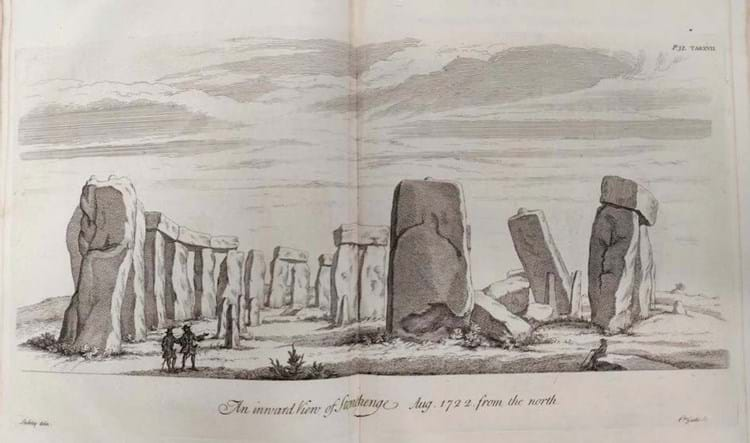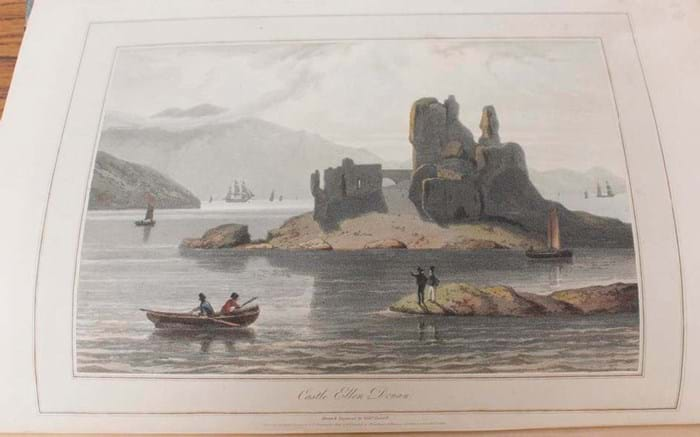
Naturally enough, a great many lots focused on the highlands and islands but in stark contrast there was also quite a lot of material in the sale relating to Stonehenge.
A copy of John Webb’s Vindication of Stone-Heng Restored, a 1665 folio work in rebacked calf binding, made £2600, while Choir Gaur, the Grand Orrery of the Ancient Druids, commonly called Stonhenge sold at a record £1400.
Published in Salisbury in 1771, the latter was the work of Dr John Smith, who on the title-page of his book also informs readers that he is an “Innoculator of the Small-pox”.
The name that featured most frequently in this context, it will come as no surprise to learn, was that of William Stukeley, and copies of his Stonehenge, a Temple Restor’d of 1740 and Avebury, a Temple of the British Druids of 1743, both from the library of the Duke of Portland, sold at £900 and £950.
Poetry was a particular love for Dr Kozikowski and the works of Seamus Heaney, Sylvia Plath and Ted Hughes were well represented, though as was quite often the case in this sale, many lots offered more than one item
The best-selling single book in this category was one of 325 signed copies of a 1999 limited edition of Heaney’s translation of Beowulf, at £600.
A less familiar Heaney item was Station Island, a work published in pictorial card wrappers in New York in 1985. Sold for £580, it was inscribed by Heaney “My granny was a Doherty/she was the stuff/she hunted the orange men/through Galleduff.”
Among the maps and related material, a plan by Christopher Seton of The Battle of Preston[pans], published in 1745, was sold at £1200, while among the pictures offered, a watercolour of the Hills of Skye by Paul Jacob Naftel (1817-91) realised £2600 from an online bidder.

Sold for £1900 at Thomson Roddick was a copy of William Daniell’s 'A Voyage Round the North & North-West Coast of Scotland and the Adjacent Islands' of c.1820. Among its 42 coloured aquatint plates is this view of Eilean Donan castle, which had been partially destroyed in a Jacobite uprising of 1719 and when Daniell saw it was in a very sorry state. It remained so until 1911, when Lieutenant-Colonel John MacRae-Gilstrap bought the island and proceeded to restore the castle to its former glory. Today, it may well be the most photographed fortress in the whole of Scotland and has made several cinematic appearances. One such was in The World is Not Enough, one of the James Bond films, in which it served as the Scottish HQ of MI6.














